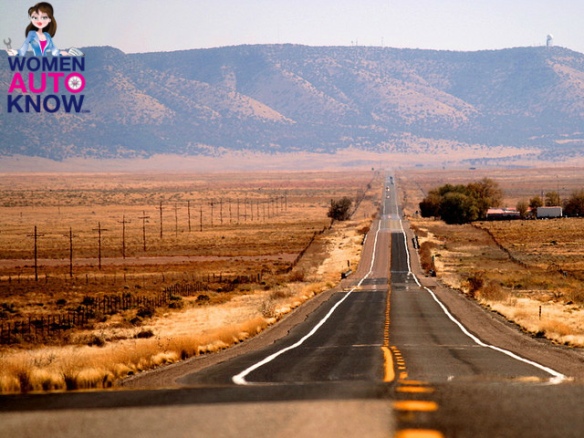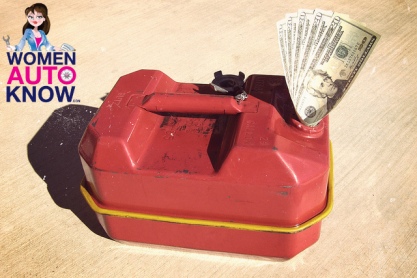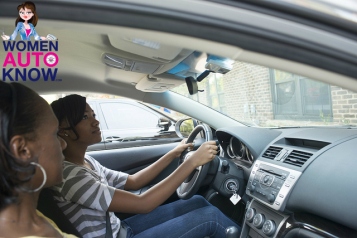
Road trips rule! They’re a little stressful, too – especially if you forget something important. If you want to save some trouble, check out these ten things to take on a road trip.
1. Cash
Debit and credit cards have built in security measures. If one of your purchases looks fishy, your bank might disable your card.
Embarrassing? Yup! But don’t get mad. Your bank is trying to protect you from fraud. Notify them before you go overseas or out-of-state. Take some cash just in case your cards stop working for some reason.
2. Camera
Snap some photos to share with your friends and family. Make a collage or photo album. The next time you feel down, you can look back at all the fun you had for a pick-me-up. Positive memories are the best. 🙂
3. Spare car key
Traveling with a friend? Give them a spare copy of your car key. Most people make time-sensitive plans when they travel. Having to wait for a locksmith could mess up your schedule.
4. Map and directions
Online directions can’t always be trusted. Street names and traffic patterns change. Be ready for the possibility that Google might not be up-to-date. Take an old-fashioned map (the kind you hold in your hands!) just in case you need it.
5. Reservation confirmations
Print out a confirmation for everything you booked: flights, hotel stays, tickets for concerts or sporting events, etc. Check, double-check, and triple-check to make sure you have it all. Put those confirmations inside an envelope. For extra organization, arrange them in the exact order you will use them. I may or may not be OCD. 😉
6. First aid/road emergency kit
Accidents happen. Be prepared. Don’t worry about buying items separately. AAA offers a roadside emergency kit that has everything you need. Hopefully you’ll never have to use it, but it’s good to be cautious. Knowing it’s there will give you peace of mind.
7. Seasonally appropriate clothes
Check the weather forecast before you pack. I don’t know about you, but sometimes I find myself wishing I had a sweater. Bring a few outfits that can be layered just in case it is hotter or colder than you expected.
8. Healthy snacks and bottled water
Pack snacks that contain protein and fiber. Those nutrients provide you with steady energy (versus the “crash and burn” that follows sugary stuff).
9. Most recent insurance information
Make sure your auto insurance card is up-to-date (you should be getting a new copy every six months). For bonus points, put your registration and insurance card in an envelope at the top of your glove-box. The next time you get pulled over, you won’t be as nervous. 😉
10. Books, games, cards, toys, and other fun stuff
Traveling with kids? Bring toys. Otherwise, expect hours of, “Are we there yet?” Traveling with a baby? Bring an extra pacifier or two. Those disappear at the worst times! Traveling with friends? Bring a deck of cards. Take turns playing poker or blackjack in the back seat.
Talk to me.
What would you add to this list? Let me know in the comments. If you found this post helpful, please share with your friends.






 Traffic accidents are the #1 cause of death for teens in the United States.
Traffic accidents are the #1 cause of death for teens in the United States.
 Should you buy a car for your teenager? Tough question. I know this isn’t what you want to hear, but it depends.
Should you buy a car for your teenager? Tough question. I know this isn’t what you want to hear, but it depends. Have you ever asked for a tune up? Most people have.
Have you ever asked for a tune up? Most people have.